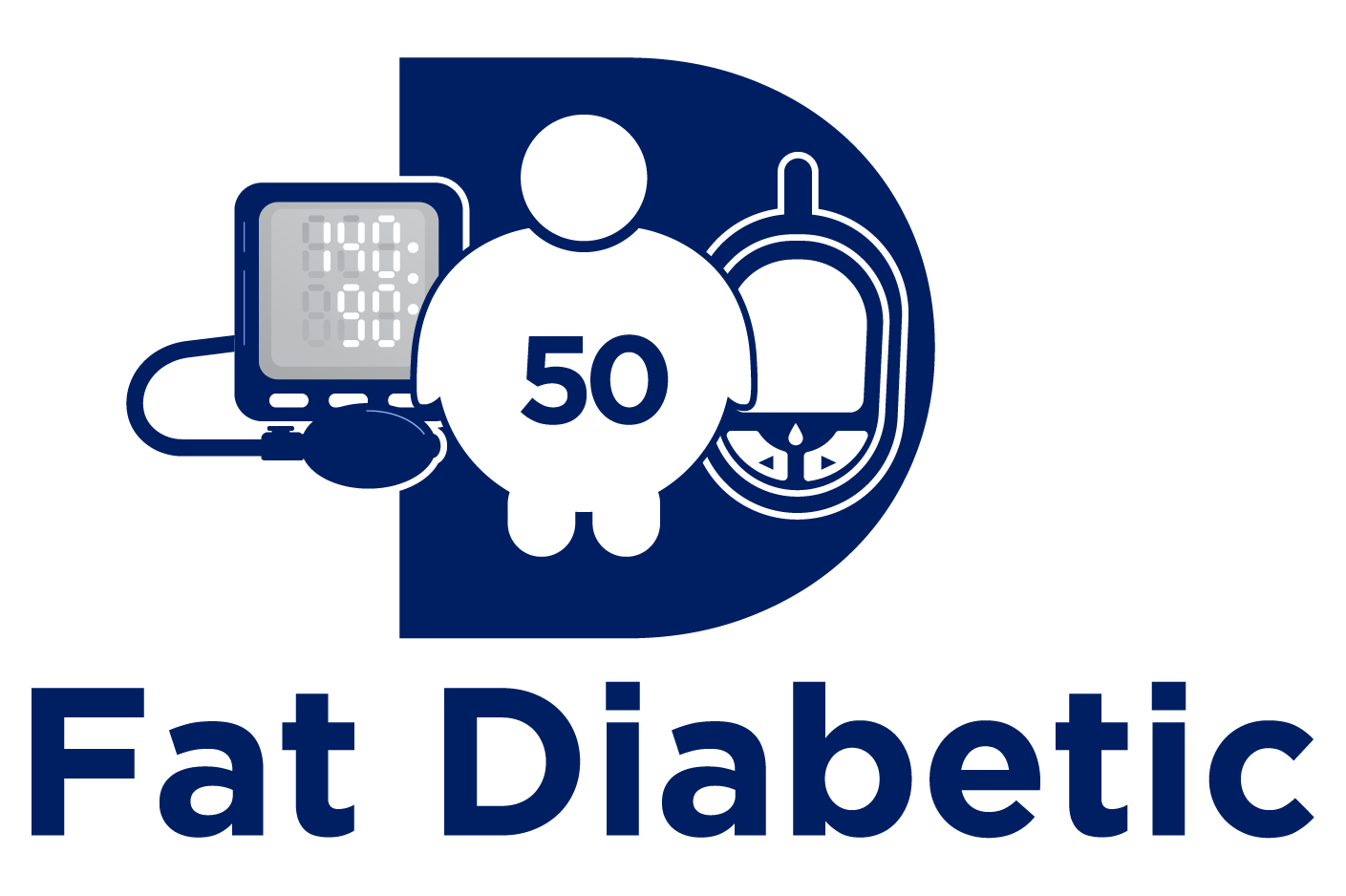Hypoglycemia is defined as abnormally low blood sugars that are associated with the following symptoms: sweating, palpations, excessive hunger, severe agitation, anxiety, unusual fatigue, and mental confusion. These symptoms are significant, can last for hours and have the potential for severe consequences that include cardiovascular events and death. All 3 forms of hypoglycemia are to be avoided.
There are 54 million people in the United States that are 65 years or older and 25% have diabetes. Alarmingly a high percentage of these patients are unaware of their diagnosis until they become a victim of an adverse event. Hypoglycemia is more common in patients as they become older. It has been estimated that 70% of falls in this age group that are associated with fractures of the hip or shoulder are the result of hypoglycemia.
Hypoglycemia has three distinct classifications all of which are significant. Two of these classifications are based on glucose levels and the third is based on severe symptoms without a defined glucose level. Every patient who takes insulin and their immediate family members must be familiar with each of the Hypoglycemic classifications.
Level 1 Hypoglycemia is defined by symptoms (listed above) and a glucose level less than 70mg/dl.
Level 2 Hypoglycemia is defined by symptoms (listed above) and a glucose level less than 54 mg/dl.
Symptoms for Level 1 and 2 Hypoglycemia are real and uncomfortable. These symptoms can last 1-4 hours after blood glucose levels have been normalized. Most of the episodes of hypoglycemia are related to medication errors, calorie deficiencies, excessive exercise, alcohol consumption, and illness. It is important to note that the more Level 1 and or Level 2 episodes that occur, the greater likelihood of serious adverse events and the greater likelihood of a Level 3 Hypoglycemia event occurring.
Level 3 Hypoglycemia is a severe state of low blood sugar (without a specified blood glucose level) where a person experiences significant mental and physical impairments requiring urgent aid from healthcare professionals to recover. Symptoms include confusion, combative behavior, loss of consciousness, coma, and seizures. Level 3 Hypoglycemia is an emergency and is also associated with far reaching cardiovascular complications that are highlighted by surging epinephrine (adrenalin) levels that exceed 12 times normal. The consequences of epinephrine at these concentrations can cause arrhythmias (irregular heart rates), severe elevations in blood pressure, activation of blood clotting mechanisms and increasing risks of sudden death due to plaque disruptions. Even more, these risks have a long duration, a single episode of Level 3 Hypoglycemia, puts a patient at risk of death for the next 12 months. Every Level 3 Hypoglycemia episode requires immediate hospitalization.

